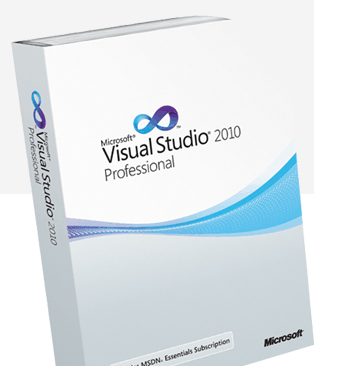| The forgotten tribe - VC++ programmers |
| Friday, 10 December 2010 | |||
|
Microsoft can't seem to please all of the programmers all of the time. After appeasing Silverlight enthusiasts with news of version 5 sometime next year its next step is to publicise a video made at the start of November demonstrating its committment to Visual C++. The result? There have been lots of outpourings of discontent with the way Visual Studio-using C++ programmers are being treated, or rather ignored. The complaints can be summed up as facilities haven't been updated and bugs are described as features. For a long time the help hasn't worked, the IDE is slow (but this is a complaint common to all VS 2010 users), the WTL is stuck in beta and so on. Overall the view is that the available free C++ tools are better and many developers are switching to Qt or similar.
Microsoft, however, still makes a great deal of use of C++ and most of its new APIs are COM-based and essentially they can only be used easily from C++. Given that Microsoft programmers have a long tradition of "eating there own dog food", i.e. using the same tools that they offer to the outside world, it is difficult to see why C++ in VS is so ignored. Now we have the good news - perhaps VC++ programmers aren't so forgotten after all. The news of the release of the SP1 beta contained more improvements for C++ programmers than perhaps any other group. The new features include (quoted in part from the VC++ team blog) :
The initial reaction seems to be that the improvements still miss the mark as bug fixes and C++0x support are ranked more important than new instruction set support. It must be difficult to find anyone within Microsoft with any enthusiasm for C++, an old technology that Microsoft has arguably never done particularly well. However, it looks as if they are at least trying to give the impression that there is life in the old dog yet. More InfomationMicrosoft Tells What's Next for C++ VS2010 SP1 Beta: What’s in It for C++ Developers
|
|||
| Last Updated ( Friday, 10 December 2010 ) |

